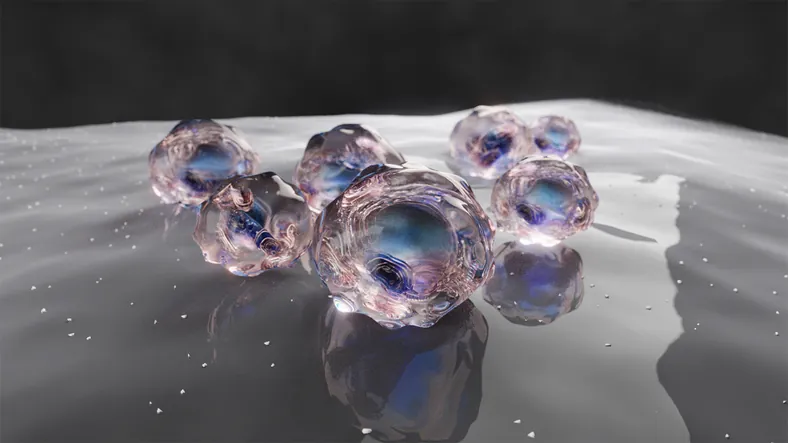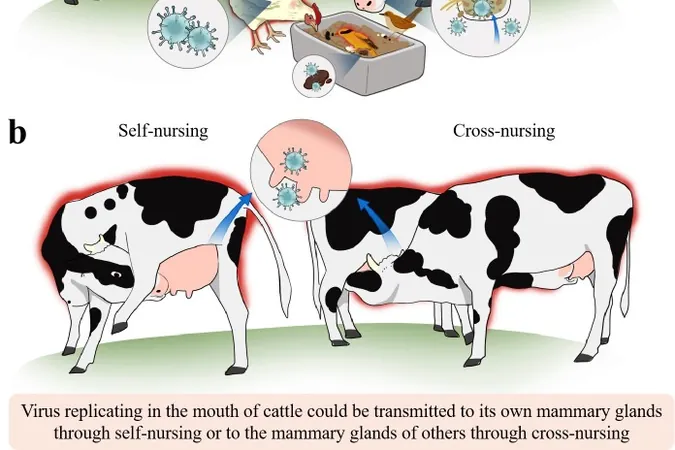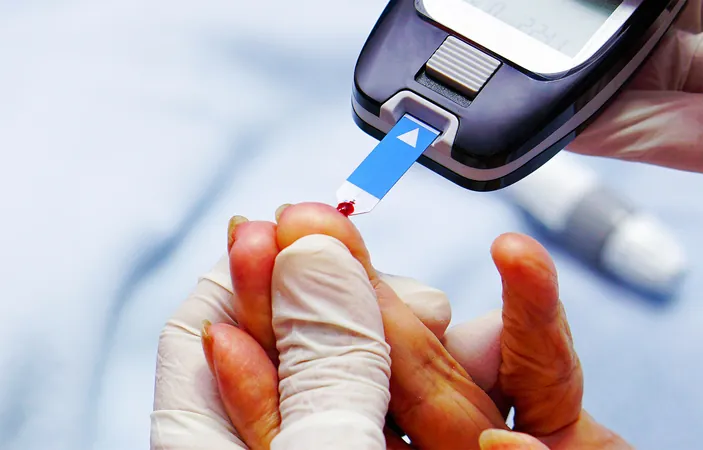
Revolutionary Breakthrough in Vascular Organoid Creation: Fast-Tracking Stem Cell Science
2025-06-13
Author: Li
Unlocking the Secrets of Vascular Networks
Blood vessels are the lifelines of our body, crucial for delivering oxygen and nutrients, managing inflammation, and promoting healing. The ability to recreate these vascular networks in the lab is essential for advancing both basic science and practical applications. However, traditional methods for producing vascular organoids (VOs) from stem cells have been slow and inefficient—until a groundbreaking new study arrived.
A Game-Changer in Vascular Organoid Research
A team of researchers from Boston Children’s Hospital and Harvard Medical School has unveiled a revolutionary approach in a new study published in Cell Stem Cell. Their work, titled “Rapid generation of functional vascular organoids via simultaneous transcription factor activation of endothelial and mural lineages,” introduces a streamlined technique for crafting VOs from induced pluripotent stem cells (iPSCs). This novel method significantly accelerates the formation of three-dimensional microvascular networks while ensuring vital cell interactions and functional performance.
The Challenge of Coordinating Cell Development
One major hurdle in creating vascular organoids has been the simultaneous development of endothelial cells (ECs) and mural cells (MCs). These two crucial cell types need to differentiate together to form stable blood vessels, yet they depend on intricate signaling pathways and often require conflicting environmental conditions, complicating the co-differentiation process.
Innovative Dual-Lineage Transcription Activation
To tackle this challenge, the scientists used a clever strategy to activate two transcription factors, ETV2 and NKX3.1, orthogonally. By employing doxycycline (Dox)-inducible or modified mRNA (modRNA) systems, they achieved the synchronized differentiation of both cell types in a suspension culture. In just five days—before embedding in an extracellular matrix (ECM)—the cells began to self-organize into primitive vascular networks. Once exposed to the ECM, these organoids matured, developing larger and more organized vessels.
Successful Integration in Living Models
Single-cell RNA sequencing showcased the diversity within the vascular structure and highlighted how precise timing in transcription factor expression could alter angiogenic and arterial endothelial traits. When these organoids were implanted into immunodeficient mice, they effectively connected with the host vasculature and facilitated blood flow. In models of hindlimb ischemia and pancreatic islet transplantation, the vascular organoids significantly promoted revascularization.
Looking Ahead: Limitations and Future Potential
While this method is promising, the study also points out some limitations. The use of the same Dox trigger for both transcription factors constrains independent control of EC and MC development. Future advancements might explore more flexible induction systems, possibly combining Dox and modRNA to improve modulation. Additionally, the lack of perfusion in the current culture limits the ability to simulate shear stress—a key factor for endothelial maturation. Integrating these organoids into perfusable platforms may enhance their physiological relevance.
A Leap Forward for Regenerative Medicine
Despite these challenges, this innovative technique marks a significant leap forward. By enabling the rapid production of self-assembling, functional vascular organoids with controlled specification, the team has created a scalable platform with vast applications. This success sets a new standard for speed and complexity in vascular organoid research, paving the way for future breakthroughs in regenerative medicine.





 Brasil (PT)
Brasil (PT)
 Canada (EN)
Canada (EN)
 Chile (ES)
Chile (ES)
 Česko (CS)
Česko (CS)
 대한민국 (KO)
대한민국 (KO)
 España (ES)
España (ES)
 France (FR)
France (FR)
 Hong Kong (EN)
Hong Kong (EN)
 Italia (IT)
Italia (IT)
 日本 (JA)
日本 (JA)
 Magyarország (HU)
Magyarország (HU)
 Norge (NO)
Norge (NO)
 Polska (PL)
Polska (PL)
 Schweiz (DE)
Schweiz (DE)
 Singapore (EN)
Singapore (EN)
 Sverige (SV)
Sverige (SV)
 Suomi (FI)
Suomi (FI)
 Türkiye (TR)
Türkiye (TR)
 الإمارات العربية المتحدة (AR)
الإمارات العربية المتحدة (AR)